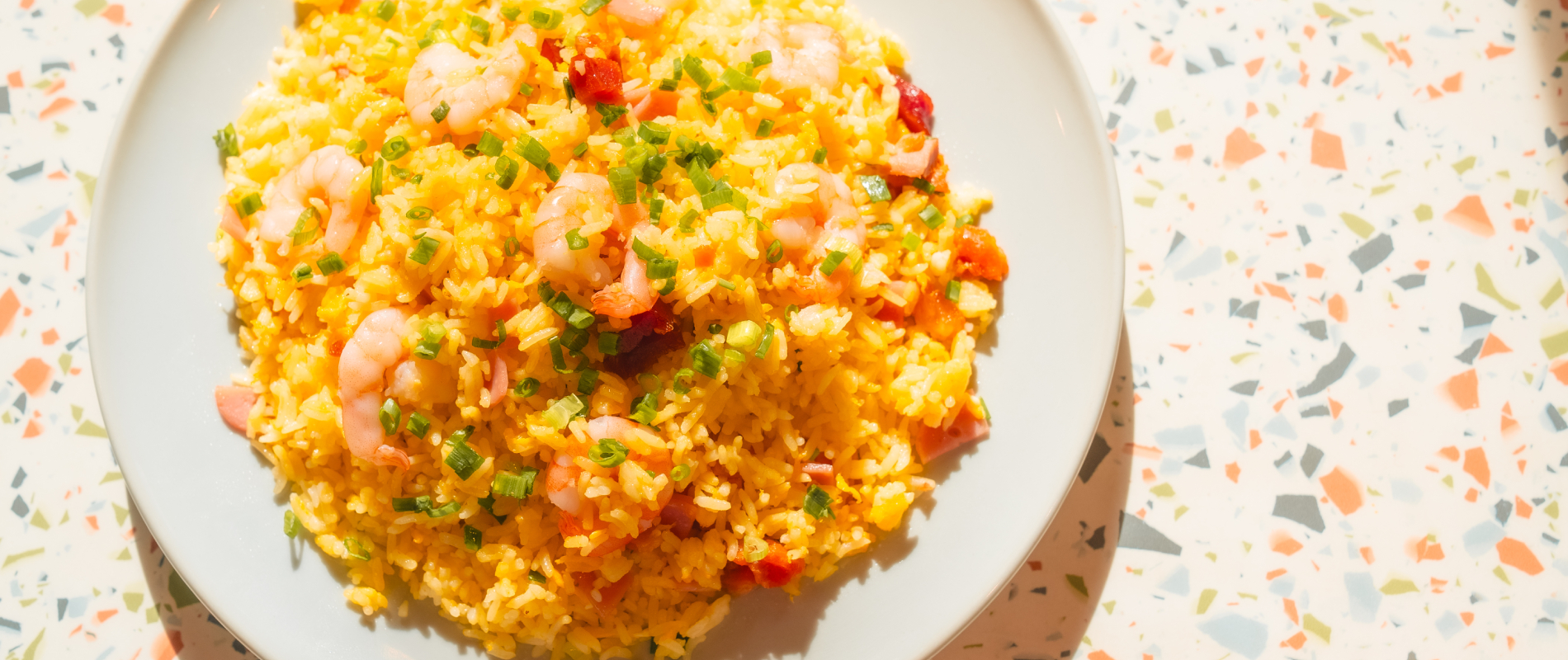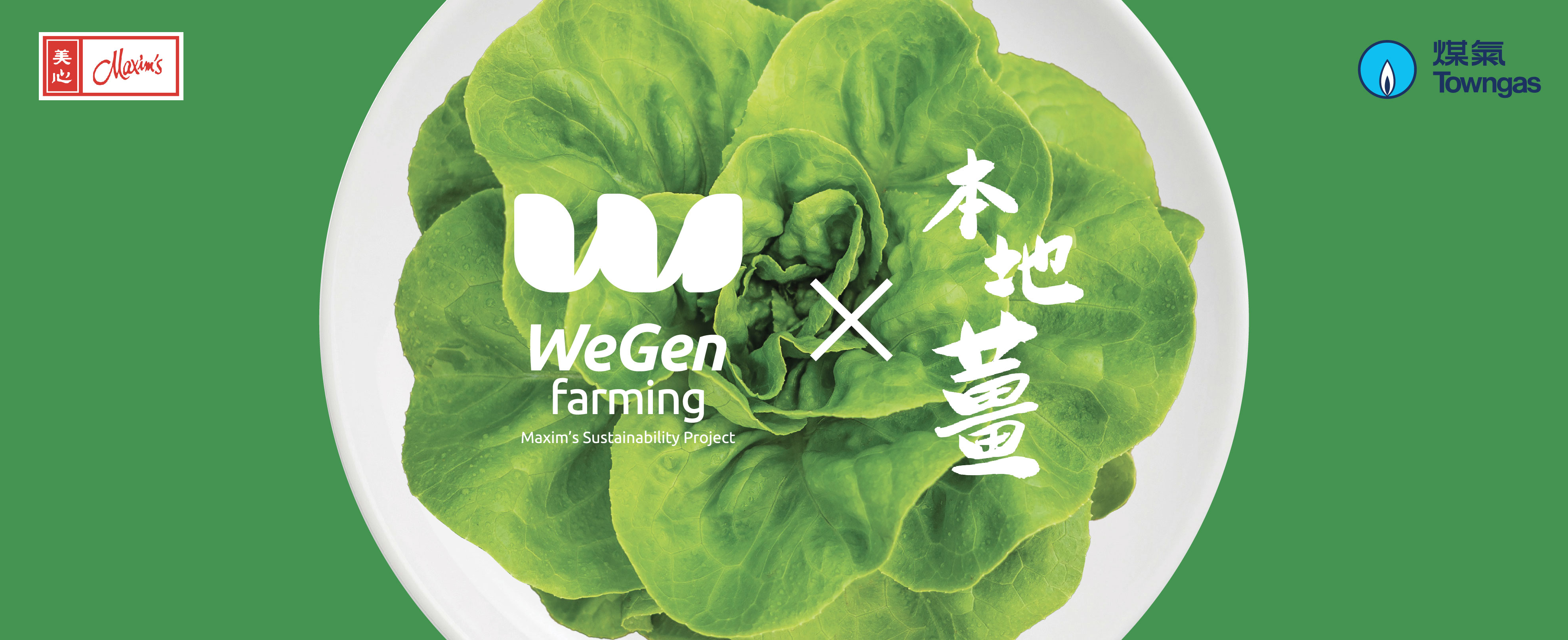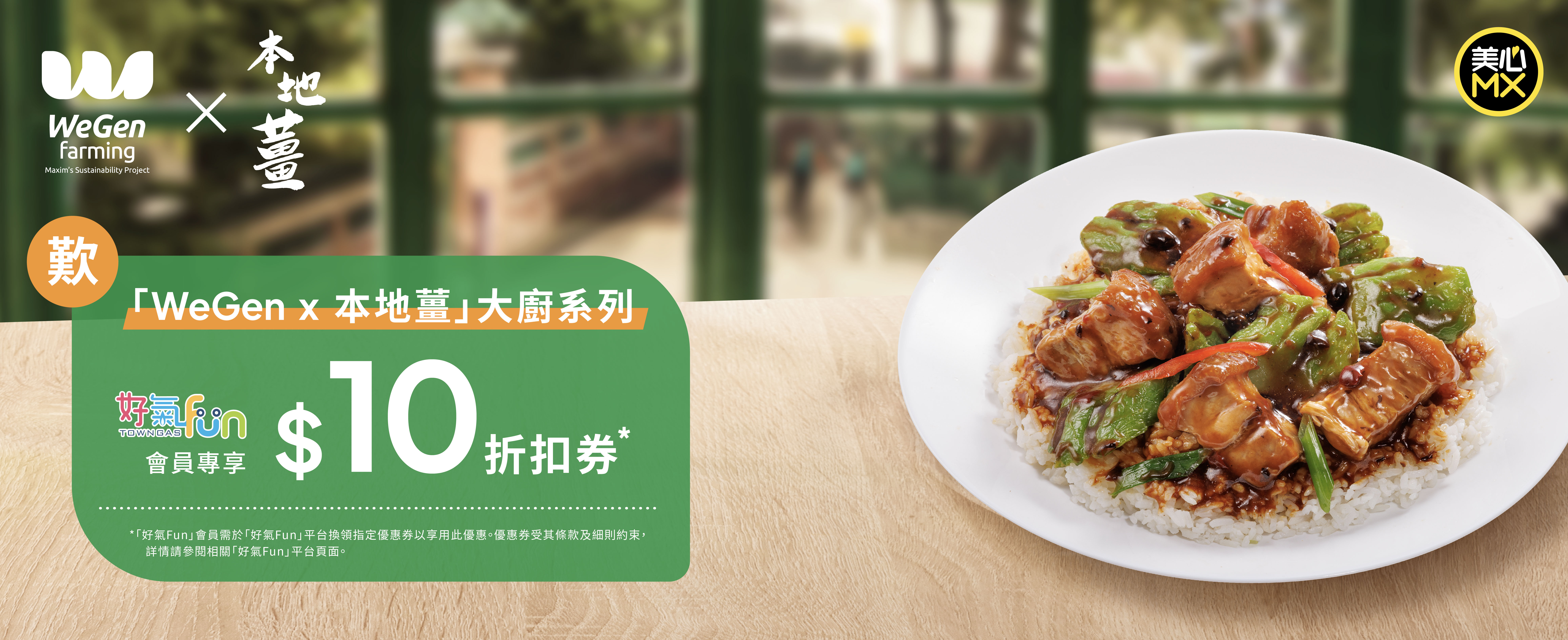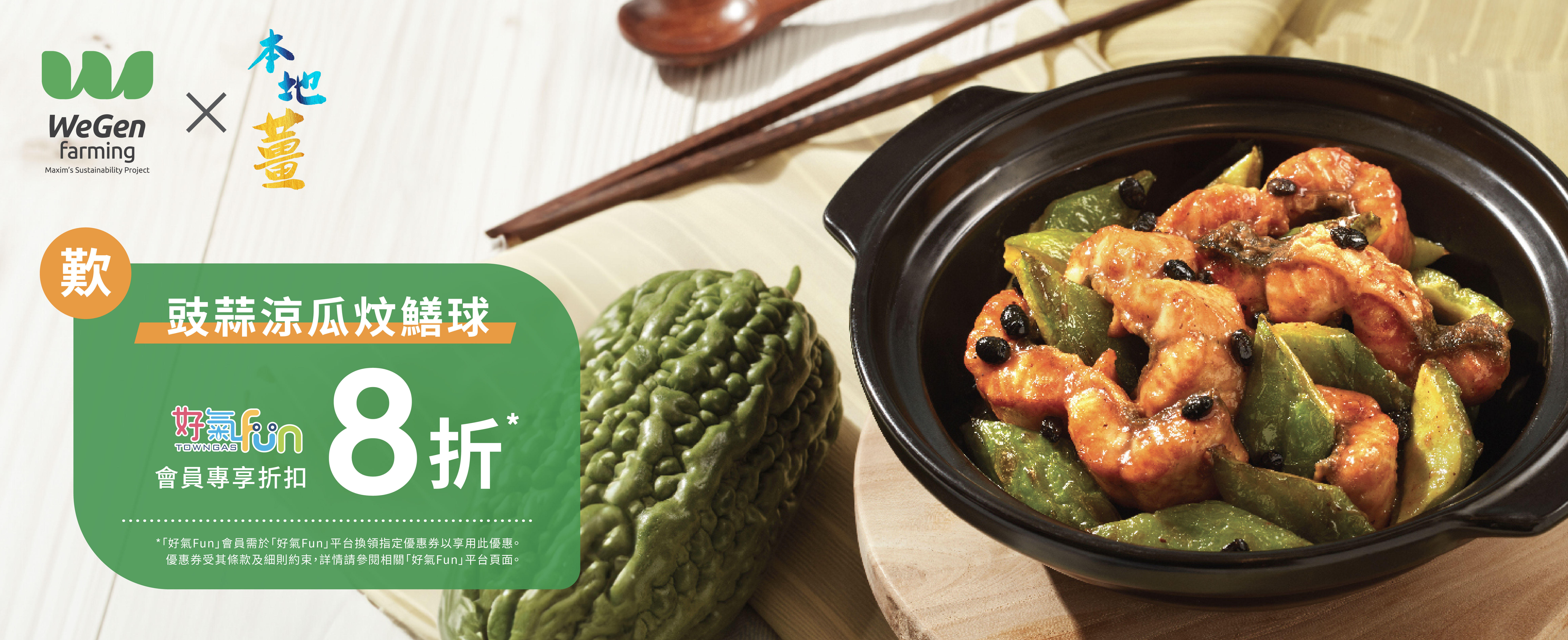Ever since participating in the Reduction of Dietary Sodium and Sugar campaign, vegetables that weren’t given much attention before in Chinese cuisines, such as asparagus, celtuce, purple Chinese yam, black fungus, and pumpkin, have become the star of the show with our creative reinterpretation.
Much more than a mere marketing gimmick, a healthy diet has become a way of life. Now with Less Salt and Sugar almost as a given, people are searching further for the perfect balance between healthiness and tastiness. “The key to Cantonese stir-fries is Wok hei, the smoky aroma coming from a blazing hot wok, while a rich, full-bodied sauce is essential to Provincial dishes. For example, the master stock used in Chiuchow cuisine contains a lot of Sichuan pepper, vinegar, and salt. The biggest challenge is to cut salt and sugar without compromising on the aroma, flavor, and form of Chinese food.” Annie, Head of Sales and Marketing at Chinese Cuisine discussed with Maxim’s chefs and decided to work on the menu and ingredients. “We created a new dish: braised vegetables with sliced fish maw and conpoy. The greenhouse bean sprout sponged up all the umami from the sliced fish maw, conpoy, and bouillon. With its soft and delicate texture despite using less oil, the dish is tasty, healthy, and classy, just like how a traditional Chinese dish should be.”
“There is also a Yangzhoulong cucumber in other provincial dishes. Slice the cucumber with thorns, pour lime juice, and mix with sesame sauce before eating, stunningly sour and refreshing. On the regular menu, there are braised vegetables with black fungus in bouillon, scrambled egg with shrimps, and braised chicken with pumpkin, focusing on unami, all low salt and sugar options for customers to choose from.”
Built upon the foundation of "low salt and low sugar", we strive to provide dishes that are both delectable and wholesome. Our Chiu Chow-style dish, agrocybe aegirit cooked with bean seedlings and sprouts is a prime example of this. The fragrant aroma of the bean sprouts and mushrooms is masterfully infused with savory broth, resulting in a rich and multi-layered flavor profile that remains uncompromised, despite the minimal usage of salt and vinegar - only a quarter of what is typically used.

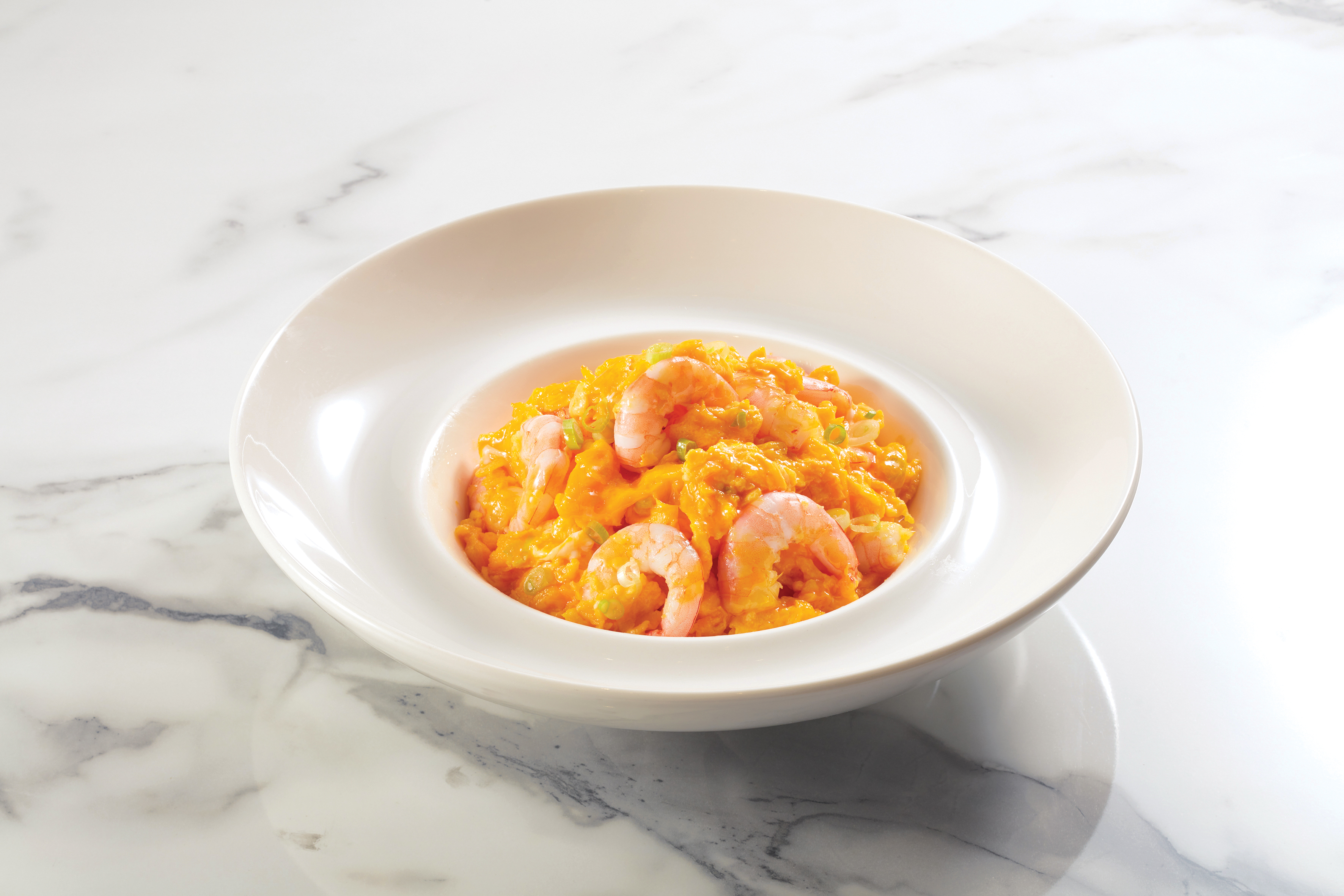
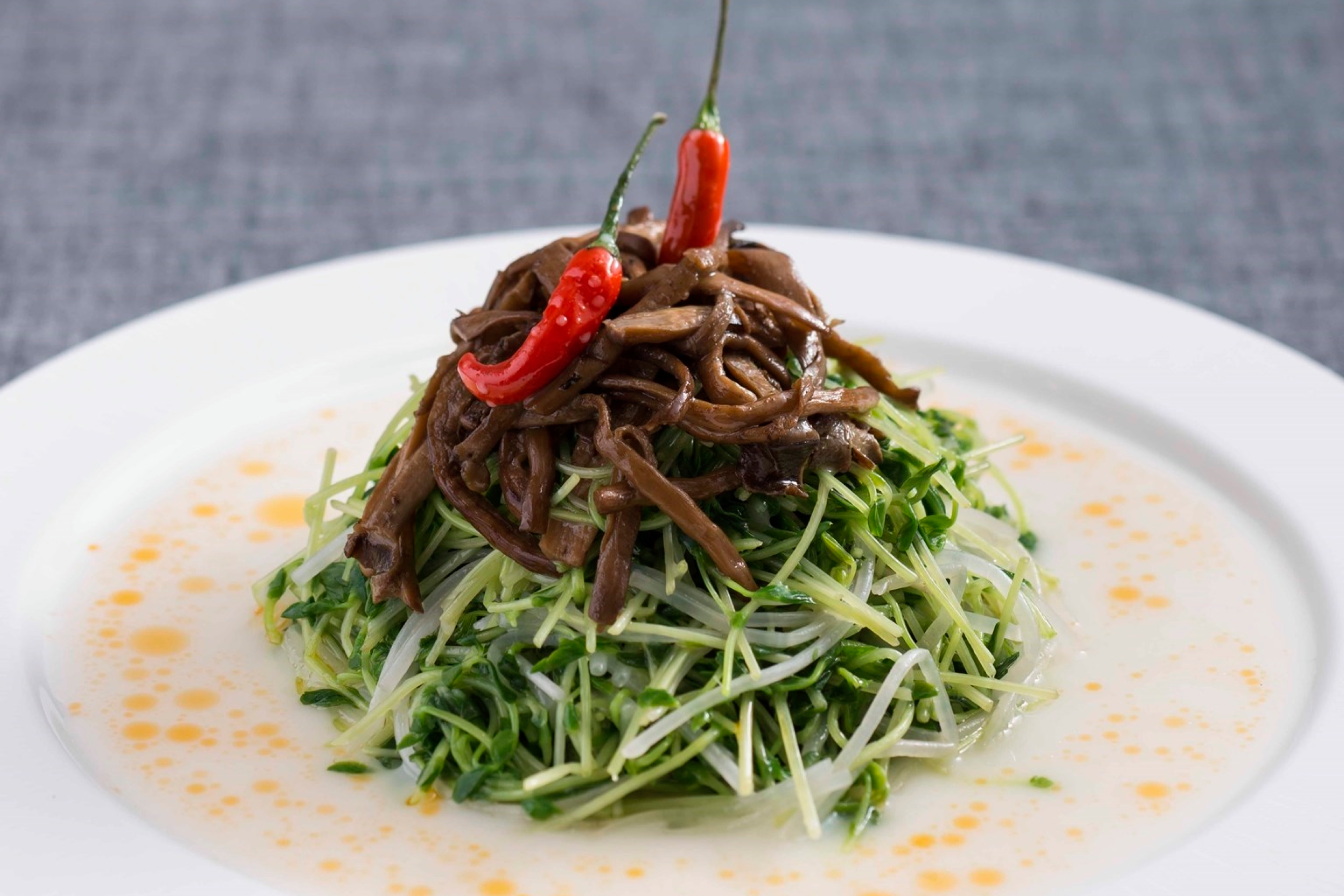
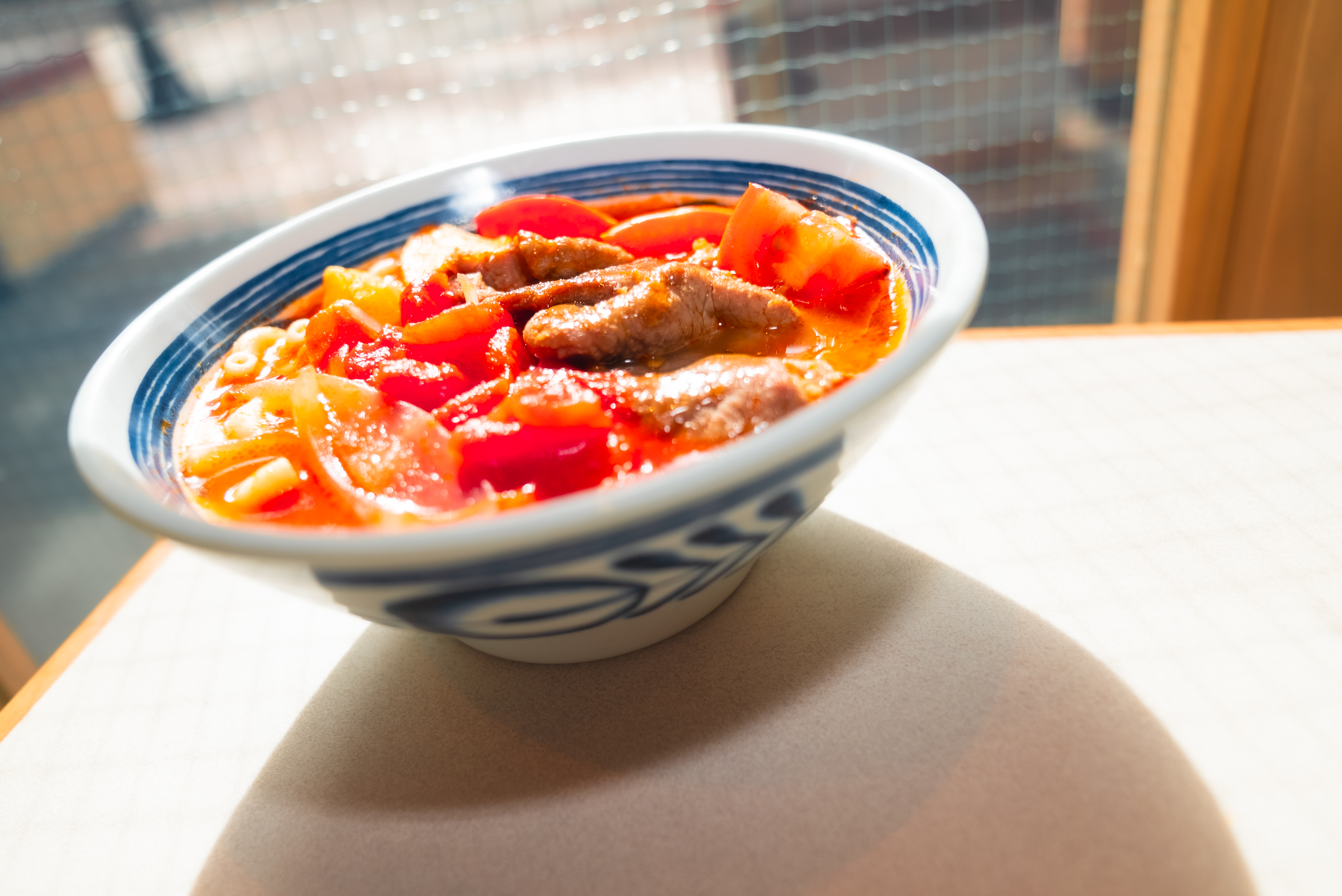
On top of that, the HongKongDay team under m.a.x. concepts, who is also taking part in the campaign, is working to strive for the perfect balance between cost, operation process, and taste while making adjustments to the amount of seasoning. “Take a popular dish, beef with macaroni in tomato soup, for example. We increased the proportion of fresh tomatoes. In particular, the smaller, red, and ripened ones are used as they are more flavorful. The tomatoes are lightly sauteed before soup-making to further enhance the taste, which significantly reduces the need for seasoning.” said Candy, Head of m.a.x. concepts. Likewise, more shrimp are added to Yangzhou fried rice. Paired with just the right amount of ham and chopped barbecue pork, the dish is full of umami even if the amount of salt used is slashed to one-third of the original.
Apart from choosing fine ingredients, the team is also being creative when it comes to cooking methods, like replacing stir-frying with blanching vegetables in bouillon and seasoning with just a pinch of sea salt. Such is the case for choy sum with sea salt and olive oil — a dish beloved by customers.
The Less-Salt-and-Sugar Restaurants Scheme (the Scheme) was launched in early 2019 to encourage restaurants to provide less-salt-and-sugar dishes and options to customers. The list of participating restaurants, fast food shops and teahouses is as follows:
(a) Restaurants offering tailor-made less-salt-and-sugar dishes


